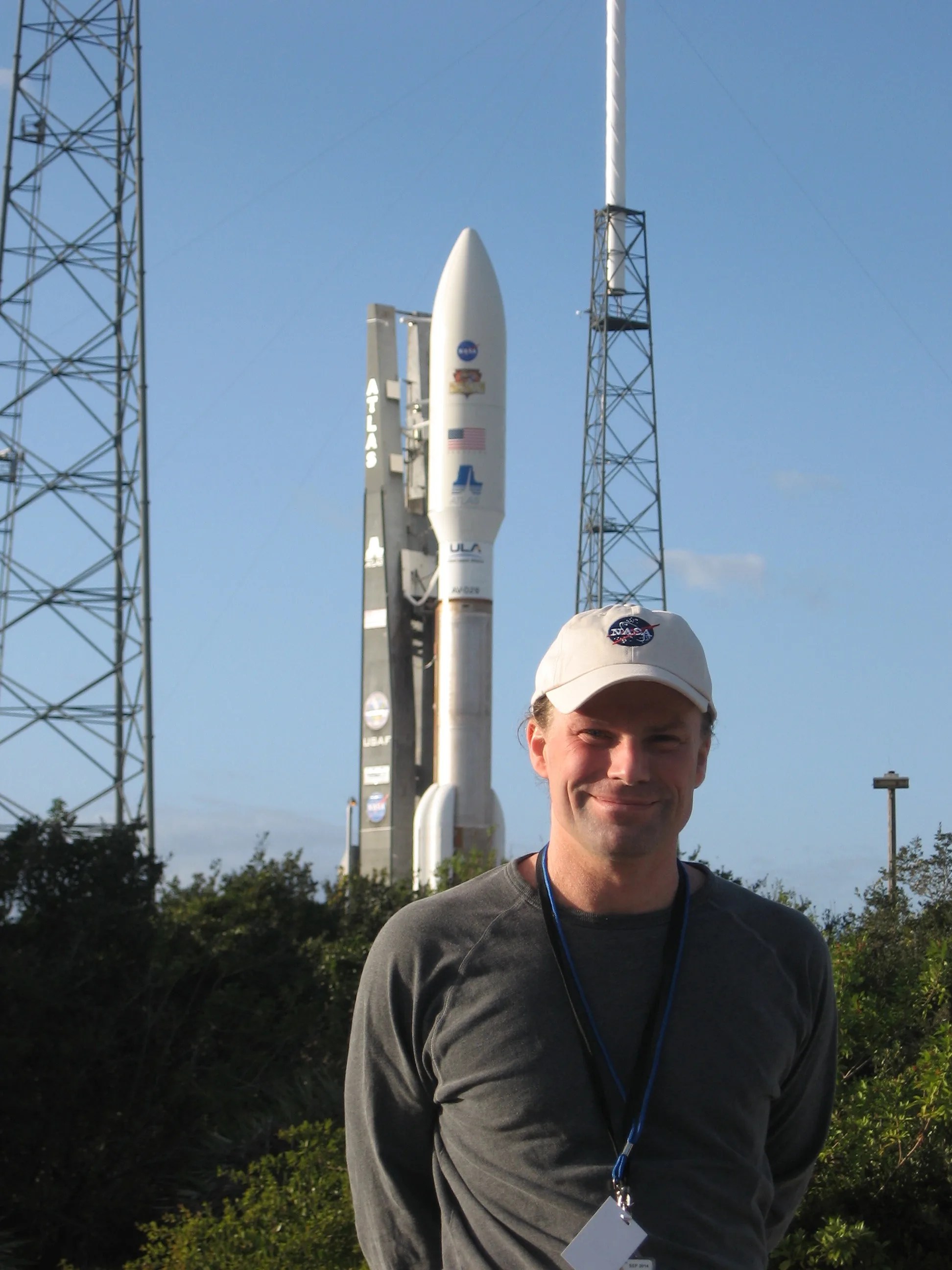
Dr. Arik Posner
Program Scientist, Parker Solar Probe
Program Scientist for the Parker Solar Probe (PSP), the Sun Radio Interferometry Space Experiment (SunRISE), and the Interstellar Boundary Explorer (IBEX).
Dr. Arik Posner has published on physical processes present in the solar wind in the inner heliosphere with an emphasis on large-scale magnetic structures, their relationship with the solar corona, and their interaction with charged particles. His work led to the 2013 discovery and naming of the Hohmann-Parker effect, and the development of the advanced-capability radiation sensor “Radiation Assessment Detector” MSL/RAD that since 2012 records solar and cosmic rays from the surface of Mars onboard the Curiosity rover. A version of RAD is also installed as a radiation detector onboard the International Space Station (ISS-RAD). Dr. Posner also conceived of and improved a small number of space weather forecasting techniques, including the Relativistic Electron Alert System for Exploration (REleASE) that can protect astronauts from harmful effects of particle radiation at the Moon and on the way to and from Mars.
He received a diploma in physics from Ruprecht-Karls-University Heidelberg, Germany, and doctorate degree in natural sciences from the Christian-Albrechts University Kiel, Germany. He conducted research at the Max-Planck-Institute for Nuclear Physics in Heidelberg, Germany, at the University of Michigan in Ann Arbor, and at Southwest Research Institute in San Antonio before joining the NASA/SMD Heliophysics Division in 2006.
As part of the Heliophysics Division team, he led the Research and Analysis Program from 2012 to 2017, and currently serves as Program Scientist for the Parker Solar Probe mission as part of the Living With a Star (LWS) program. Until 2024, PSP will explore the innermost region of the solar wind nearly down to the solar corona at under 10 solar radii above the photosphere of the Sun. He also serves as Program Scientist for the SunRISE mission, a six-spacecraft constellation that will soon explore the origins of solar energetic particles via radio emission that is generated by near-light-speed particles streaming away from the Sun. He is also Co-Investigator of the Curiosity and Solar Orbiter science teams.
